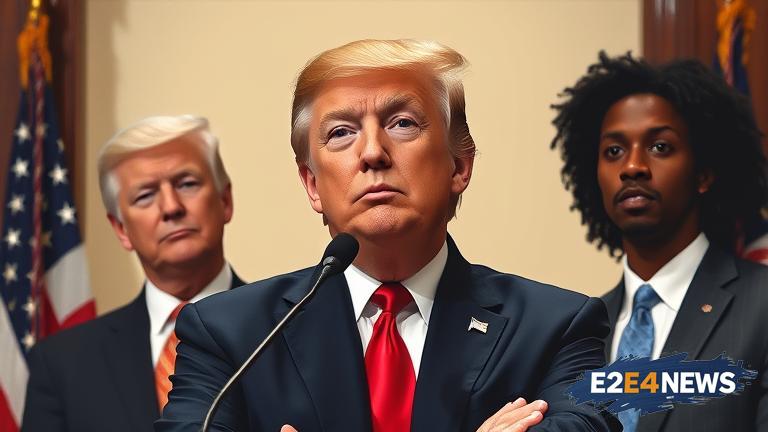The Trump administration has recently opened an investigation into an unnamed Minnesota agency’s affirmative action policy. This move is part of a broader national review of such policies, aiming to ensure compliance with federal laws. The investigation focuses on whether the policy violates Title VI of the Civil Rights Act, which prohibits discrimination based on race, color, or national origin. The agency under scrutiny has been given a 30-day window to respond to the inquiry. This action reflects the administration’s efforts to address perceived reverse discrimination, particularly in sectors like employment and education. Civil rights groups have expressed concerns, arguing that such investigations could undermine diversity and inclusion initiatives. The outcome of this probe remains uncertain, but it may set a legal precedent for other states’ policies. Supporters of the investigation believe it upholds fairness and equality, while opponents fear it could roll back progress in fostering diverse workplaces and educational environments. The debate highlights the ongoing tension between affirmative action and claims of discrimination. As the investigation unfolds, its implications for similar policies across the U.S. are being closely watched. This case underscores the complex balance between promoting diversity and ensuring equal opportunity for all. The administration’s stance has drawn both praise and criticism, reflecting deeper societal divisions on race and equality. The agency’s response and the subsequent findings will be crucial in determining the future of affirmative action policies nationwide. This situation serves as a reminder of the challenges in creating equitable systems that satisfy all stakeholders. The investigation is a significant step in the administration’s broader agenda on civil rights and policy enforcement. It also raises questions about the role of federal oversight in state-level policies. The coming months will reveal whether this probe leads to changes in how affirmative action is implemented in Minnesota and beyond. For now, the situation remains a focal point in discussions about equality and justice in the United States.
